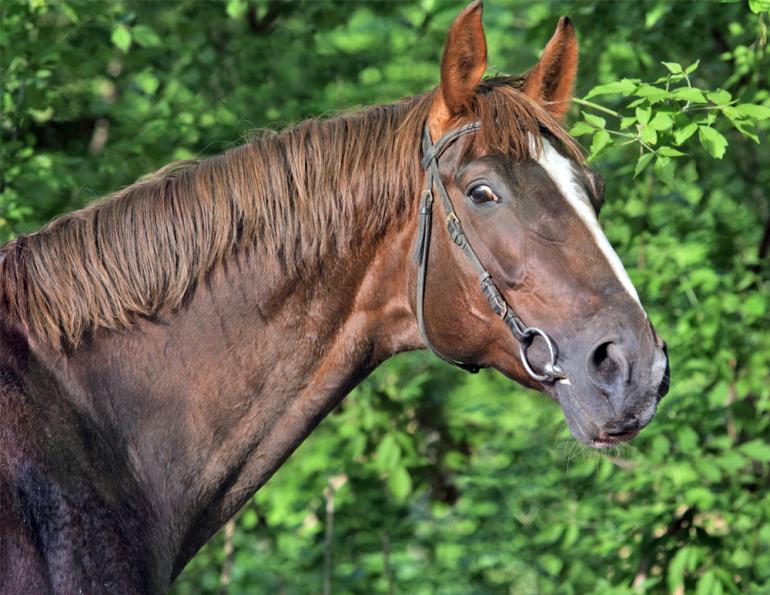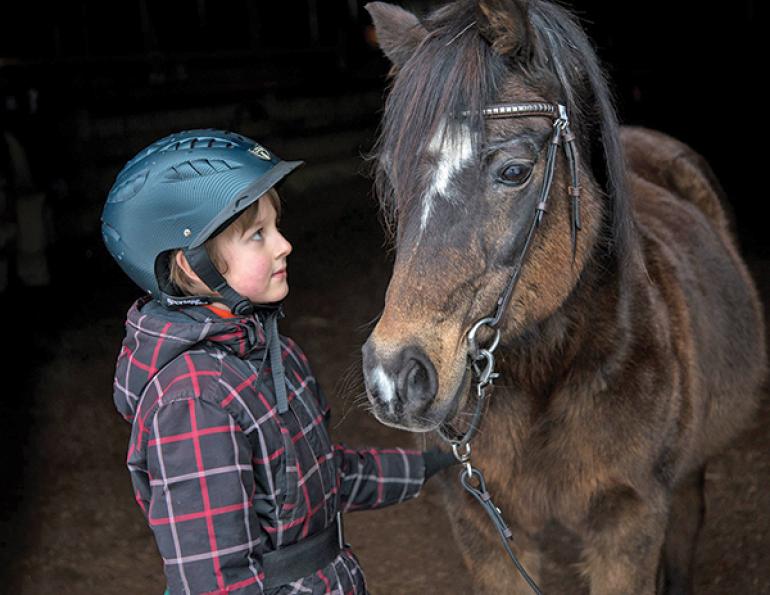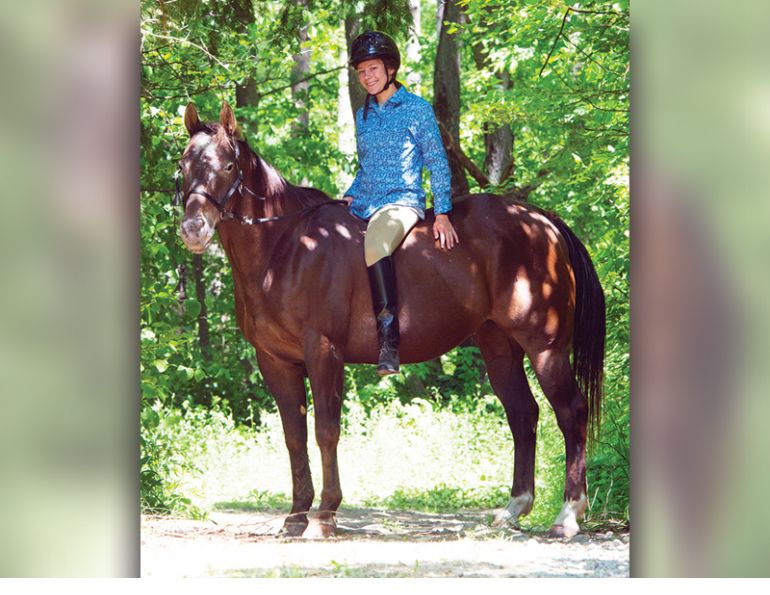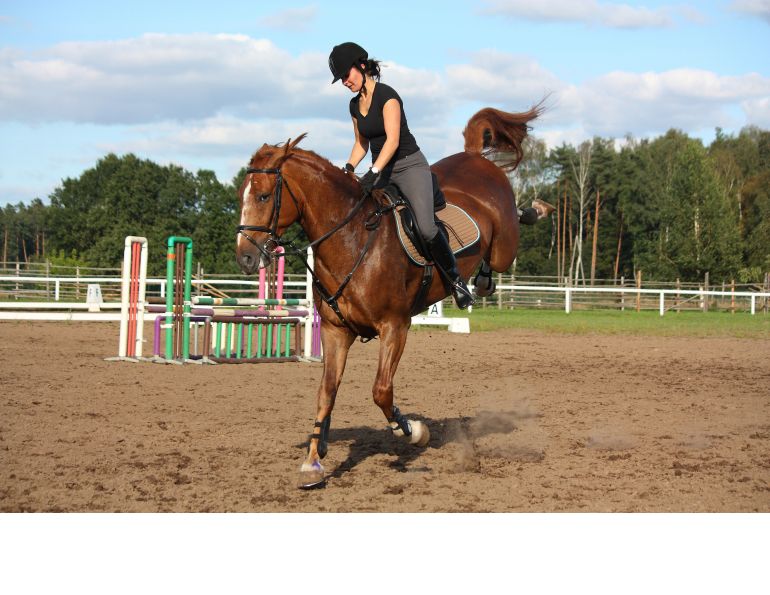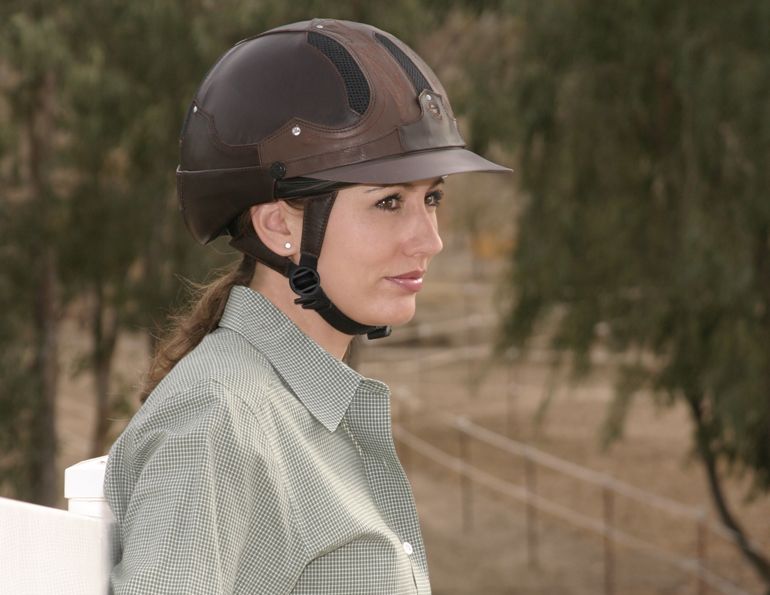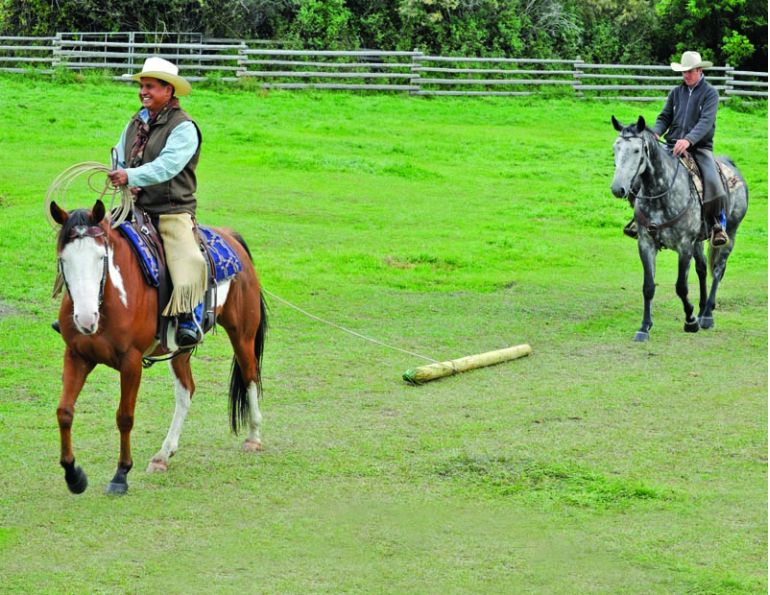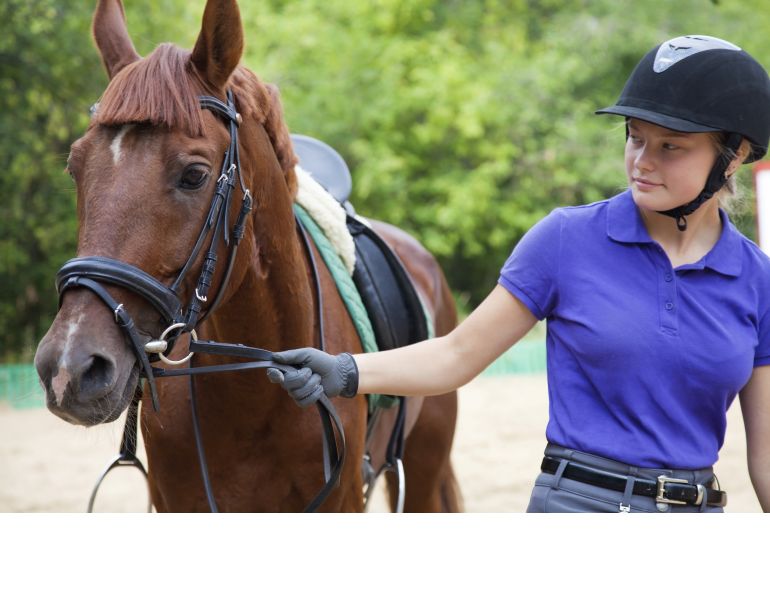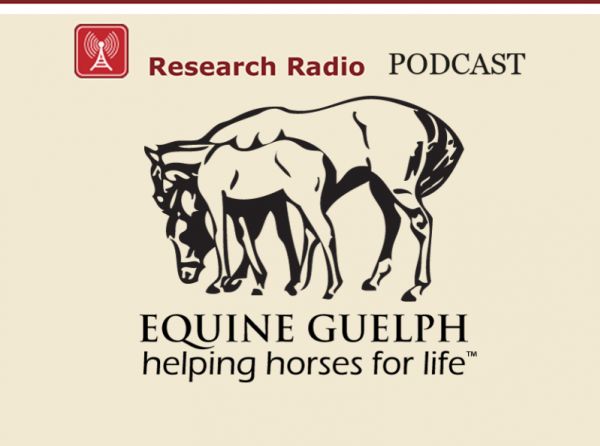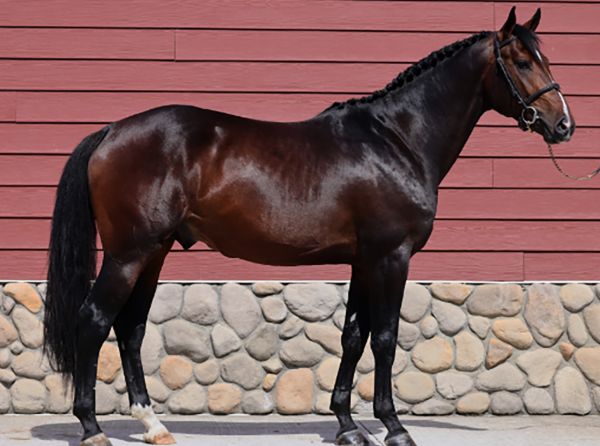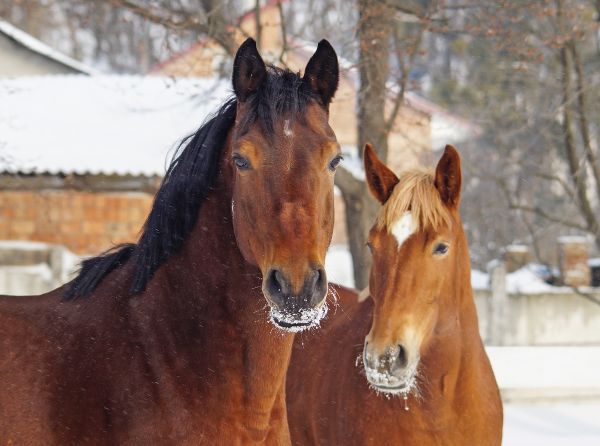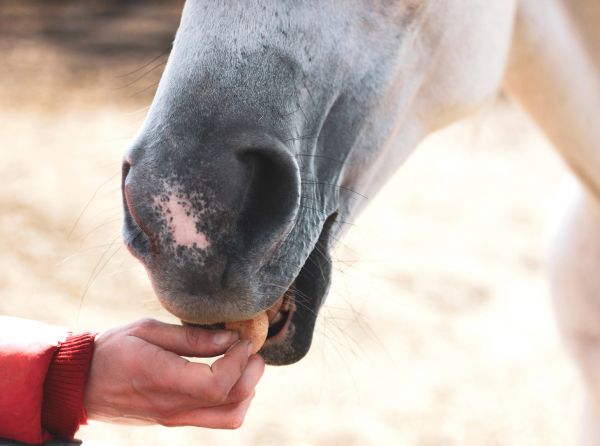Source: ISES
New research has found that introducing the bit to a young horse for the first time can be a stressful process for them. However, this stress could be difficult for most people to identify, as the horse may not show visible stress behaviours.
Introducing the bit is traditionally one of the most important training procedures in a young horse’s life. The majority of our performance horses are “bitted,” so this process forms a key part of the foundation training for many horses. Investigating procedures to optimise this introduction could lead to benefits in performance and, in some instances, improvements in welfare.
Many working horses exhibit expressions of mouth discomfort such as opening mouth, teeth grinding, or crossing the jaw when a bit is used and these behaviours could be indicative of pain or poor training. While there has been recent work investigating bit design for improved comfort in the horses’ mouth, there is little research surrounding the stress responses to the introduction of the bit for the first time.
A student dissertation project from Nicole Bradley at the Bishop Burton College in East Yorkshire, UK, led by Caroline Benoist, PhD, set out to assess the stress response of previously unbitted young horses to traditional bitting techniques. Researcher Rebecca Brassington presented their findings at the 14th International Society of Equitation Science (ISES) conference in Rome in 2018.
Eleven horses – seven geldings and four mares – with an average age of 3.5, were introduced to the bit using a traditional method, over three consecutive days. The noseband and reins were removed from the bridles, leaving the bit attached to the head piece via the cheek pieces. The bits used were a mixture of single and double-jointed loose ring snaffles.
In all cases the handler stood facing forwards on the horses’ left side and presented the bit, then placed their thumb in the left corner of the horse’s mouth to cause the mouth to open so the bit could be introduced. All horses remained tied up using a headcollar and lead rope over the bridle for the first minute after bitting, they were then let loose in their stable for five minutes.
Several methods were used to assess each horse’s stress levels.
- Increases in eye temperature can indicate stress, so an infrared thermographic camera was used to measure the temperature of each horse’s left eye (ET).
- Thermographic images were taken immediately before bitting to establish the horse’s baseline, and then at zero, one, and five minutes post-bitting.
- Heart rate (HR) values were also recorded using a heart rate monitor at the same timepoints and during the bitting process.
The horses’ behaviour was also observed and assessed for the first minute after bitting and their stress responses were graded on a 1 to 5 scale using validated stress indicators. Behaviours were assessed ranging from 1 (very relaxed: jaw and lower lip relaxed, no bit or mouth movement, soft/slightly closed eyes) to 5 (very anxious: mouth open for extended periods, opening/closing repetitively, teeth grinding, eye whites visible).
The results were fascinating. Although heart rates showed a significant increase between the baseline and all other timepoints on Day 1, Day 2, and Day 3, no significant change was recorded in either eye temperature or observed behaviour after bitting over the three days.
No differences were identified between the two bit designs.
The increase in heart rate during bitting significantly decreased over the three days as did the increase immediately after bitting. The horses showed less heart rate fluctuation on day three compared to day one, indicating some habituation had occurred.
While it was clear the introduction of a bit elicited a physiological stress response, the horses showed little indication in their observed behaviour that this was the case. The researchers warned that assessing a horse’s behaviour during the introduction of a bit may not give a true representation of the stress they are actually experiencing.
“Our results demonstrated the horses’ heart rate significantly increased from a baseline level compared to every other time point of measuring, including during, immediately post-bitting, then one and five minutes post-bitting,” says Brassington. “Whilst a heart rate change may be expected with a novel stimuli, this significant change occurred on each of the three consecutive days of bitting the horses and in the absence of other signs of stress.
“Previous literature has documented that physiological signs of stress, such as heart rate, do not always manifest in behavioural changes, which this current study concurs with. No significant differences were recorded in the behaviour grade scale applied to the horses during one minute post-bitting despite the increased heart rate, indicating a variety of behaviours may be expressed with some individuals masking a stress response. As such, we may need to consider using this technology further in our husbandry and equitation practices to inform our judgements of when to progress training.”
The researchers conclude that introducing the bit to a young horse can be a stressful procedure. Horses do appear to become accustomed to the process when it is performed regularly; however, the length of time needed for them to completely accept the bit is not yet known.
“Interestingly, the increase observed in heart rate did significantly decrease over the three days, as did the heart rate increase immediately post-bitting; collectively this provides indication of some habituation to the introduction of the bit during this short process,” explains Brassington. “As such, future research to determine complete habituation times over increased days would provide a more informed approach to this essential process in young horse training. Investigating alternative methods to introduce the bit, for example with the use of operant conditioning, may provide valuable informed approaches of habituating the horse to the bit. Similarly, applying other methods of quantifying physiological stress responses may lead to a valuable tool to support trainers in their assessment of horses during equitation.”
Save the Date:
The 16th International Society for Equitation Science Conference will be held August 11-14, 2020, at Hartpury University, United Kingdom.
Succeed with science: performance, practice and positive wellbeing.
The International Society for Equitation Science (ISES) is a not-for-profit organization that aims to facilitate research into the training of horses to enhance horse welfare and improve the horse-rider relationship.
Photo: iStock/Kondakov



